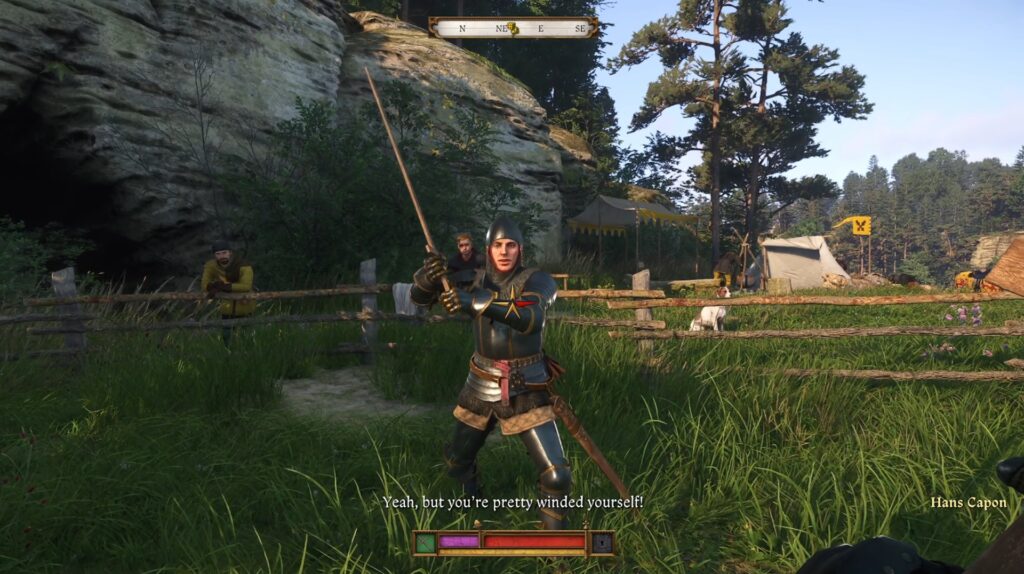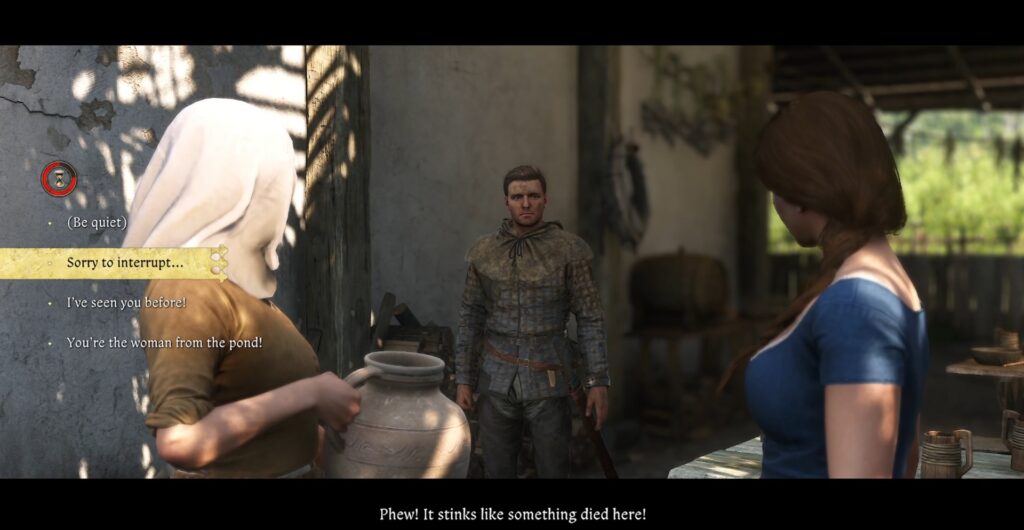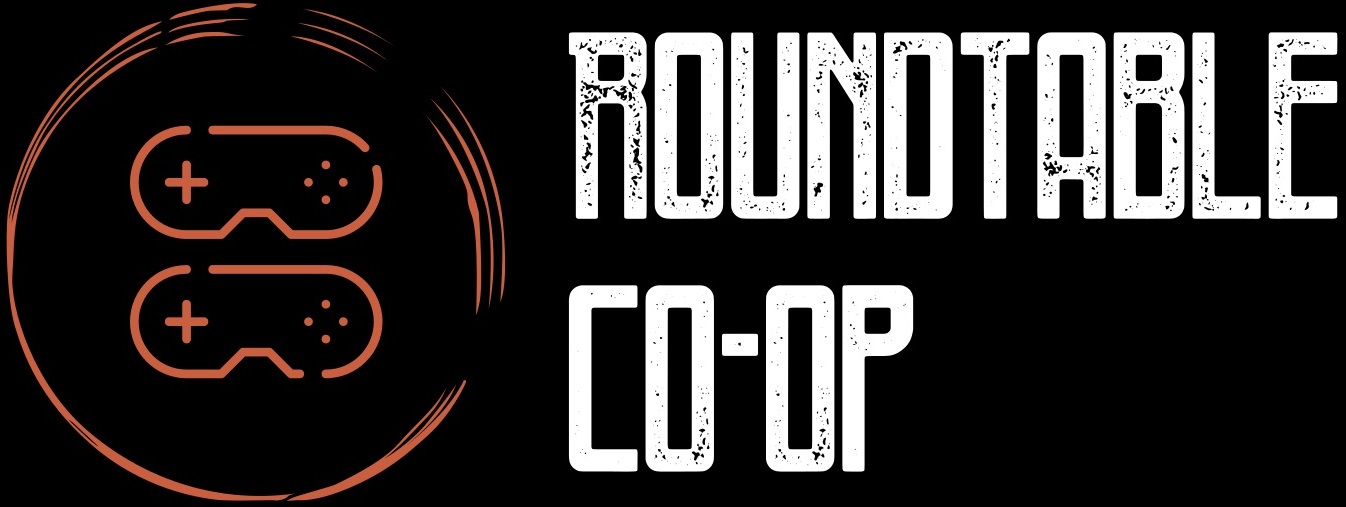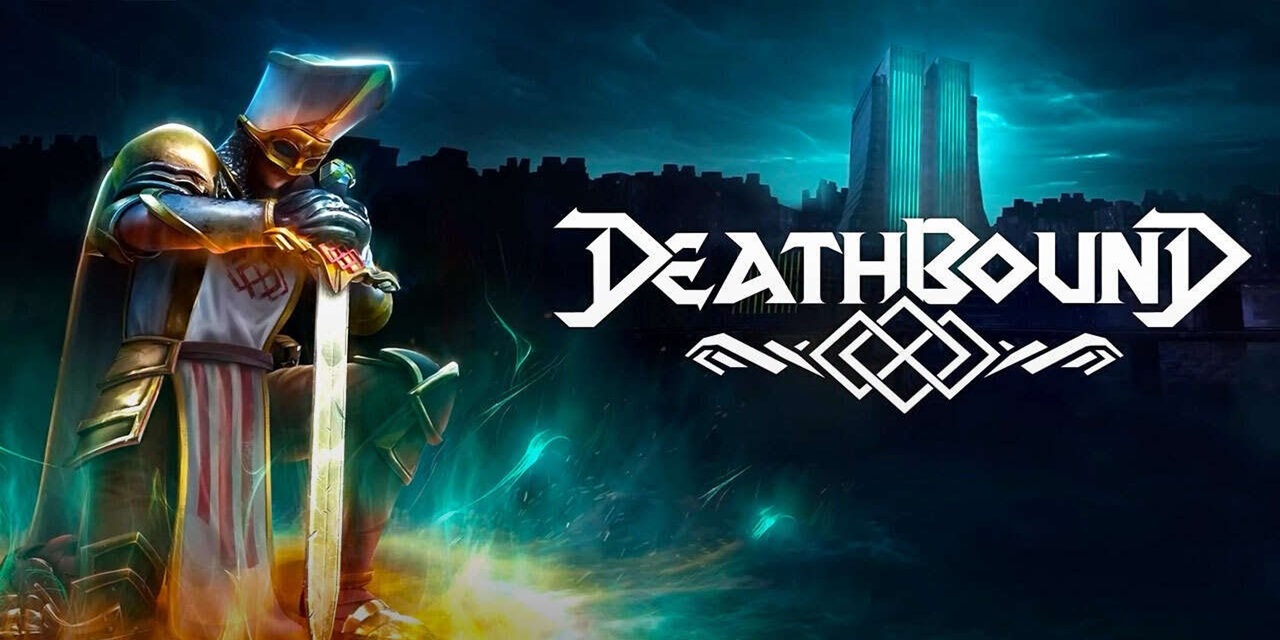Kingdom Come: Deliverance II by Warhorse Studios and Deep Silver arrives on February 5 for us in ANZ and has been one of the most immersive medieval RPGs I have played. The 2018 original game, while ambitious and groundbreaking in its realism, also launched with technical issues and a steep learning curve. I am glad to see there has been vast performance improvements as well as quality of life changes to combat that makes this a worthy sequel to play. You can read my first impressions of KCDII here, and now having played the game over the three weeks, I have laughed out loud numerous times, I’ve cringed at my own questionable decisions and been in awe of the graphical improvements and environments I have been exploring. For me, this game dethrones The Witcher 3 base game as the king of RPGs.
The first game’s story focused on Henry’s personal revenge whereas Kingdom Come: Deliverance II broadens his horizons, exploring larger political and social issues within 15th-century Bohemia. Everyone has a story to tell that is fully voice acted, and dialogue options seem more varied and impactful, allowing players to shape Henry’s personality and relationships. The personal stakes remain, but they are interwoven with events of greater consequence, offering richer and more compelling main and side quests. The game also offers more opportunities for interaction with the environment and npcs you meet, such as hunting, crafting, games of dice, and melee or ranged combat competitions to earn you some grochen (the game’s currency).



One of the most significant improvements that is noticeable straight away is the increase in polish. Improved performance, higher framerates, and a smoother overall experience are vital for immersion in this story that starts with Henry of Skalitz and Hans Capon riding horseback and having a laugh, which turns into a swim and then an awful series of events which had me hooked. The lighting effects of sunrise and sunset are amazing, as are vistas overlooking waterways or distant villages. The clap of thunder and the on pour of rain in a dark forest area, sloshing through the mud and dodging roving bandits, all added to the immersion. The environment begs to be explored, especially when stumbling upon new points of interest like a wolf den or a goblin hut that can be searched for loot and treasures. While some minor visual issues occurred during the review period, the overall gameplay experience feels significantly more refined.
The world of Bohemia continued to impress me the more I explored. Kingdom Come: Deliverance II expands the playable area, offering new regions to explore under the fog of war and new settlements to discover with fast travel points. The attention to detail remains impressive, with historically accurate buildings, camps, towns and castles. Even down to the npc clothing, dealing with villagers, hunters and nomads, and just daily life hustling by. The world feels alive and dynamic, with NPCs following their routines and reacting to Henry’s actions, as well as his smell or look if he’s dirty or covered in blood. Your travels, actions, and interactions with everyone you meet constantly immerses you into its world and lore.



The combat system was something I really struggled with in the first game, and I was pleased that block had been rebound to right mouse button which feels much more natural. The developers seem to have focused on making the existing system more accessible and enjoyable rather than completely redesigning it. While still challenging and demanding patience, I felt melee combat is more intuitive and responsive. The emphasis on realistic swordplay remains, requiring players to master timing, positioning, and different combat techniques. I found I was better able to react to block and riposte animations, and improved enemy AI contributed to a more engaging and dynamic combat experience for me.
In saying that, my first few hours of combat encounters in Kingdom Come: Deliverance II were frustrating, and I died often. This was more about me learning positioning when in multi-enemy fights, as well as timing the blocks and attacks. If I saw a couple of bandits holding up a villager on a forest trail, I really wanted to help the poor fellow, but I had to avoid those encounters until I found some decent weapons and armour. Grochen is hard to come by initially, however I found that investigating points of interest that you either find through conversation with NPCs, or by exploring forests yourself and finding a fence npc to sell stolen goods to, the grochen started flowing. The game also opened up a lot once I found my horse, Pebbles, and dog, Mutt, after events that occur in the opening sequences. Being able to follow a trail or path automatically is excellent, allowing you to enjoy the surroundings. It was also useful to have Mutt pounce on an unsuspecting foe to start combat, or to help you during a fight.



Player choices carry significant weight, impacting not only Henry’s fate but also the world around him. Your reputation travels fast, as do your deeds. Do you stop to help an innocent who is under threat from bandits? If you do engage, do you kill the bandits or poachers now, do you threaten them so they give you their items, do you let them go to possibly retreat and come back later with more forces, or spend the extra time carrying their knocked-out corpse for miles to turn them into the bailiff to bring justice to that town? These are just some of the many conundrums you face and any of these options can have instant rewards, but what impact did those actions have now and in the future? While sometimes you might just want to brute force your way to clearing a bandit camp, there are often other, more nuanced ways to handle situations that have clear benefits unavailable after a killing spree. I loved that each decision made me think about possible future repercussions and have those played out in many ways hours later.
The game’s upcoming February 5 is just the start of an epic journey through medieval Bohemia, with a range of additional free and paid content set to arrive throughout 2025. From horse racing and a hardcore mode, to mastering blacksmithing and exploring new story quests, there is plenty for players to look forward to as they continue their adventure with Henry. Australian seasonal highlights include:
- Autumn: Updates that are free for everyone introducing a barbers feature to customise your look, a hardcore mode for those seeking a greater challenge, and horse racing where you can hone your mounted skills and uncover hidden surprises.
- Winter: Brushes with Death – Embark on a thrilling quest as Henry aids an enigmatic artist with a shadowy past. Journey across the lands of Kingdom Come: Deliverance II, facing perilous encounters and unravelling a web of dangerous schemes.
- Spring: Legacy of the Forge – Dive into Henry’s roots by exploring the legacy of Martin, his adoptive father. Work to restore a once-renowned forge and prove your skills in the art of blacksmithing as you uncover forgotten tales of the past.
- Summer: Mysteria Ecclesia – Enter the Sedlec Monastery, where intrigue runs deep. Tasked with a covert mission, Henry must navigate the complex dynamics of the region, discovering hidden truths and navigating a maze of conflicting interests.



Overall, Kingdom Come: Deliverance II isn’t just a worthy sequel; it’s a masterpiece. For me, it dethrones The Witcher 3 as the king of RPGs. It’s a GOTY contender, no question. The story is captivating, the world is vibrant, and the gameplay is addictive. If the combat of first game was not to your liking, this game may not change your mind. However, the immersive, engaging gameplay, and vast world are worth overcoming any initial frustrations to experience for yourself.
This review utilised a Steam key provided by Plaion ANZ and Kingdom Come: Deliverance II launches on February 4, 2025, on Steam, Epic Games Store, Xbox and PlayStation.
#roundtablecoop




